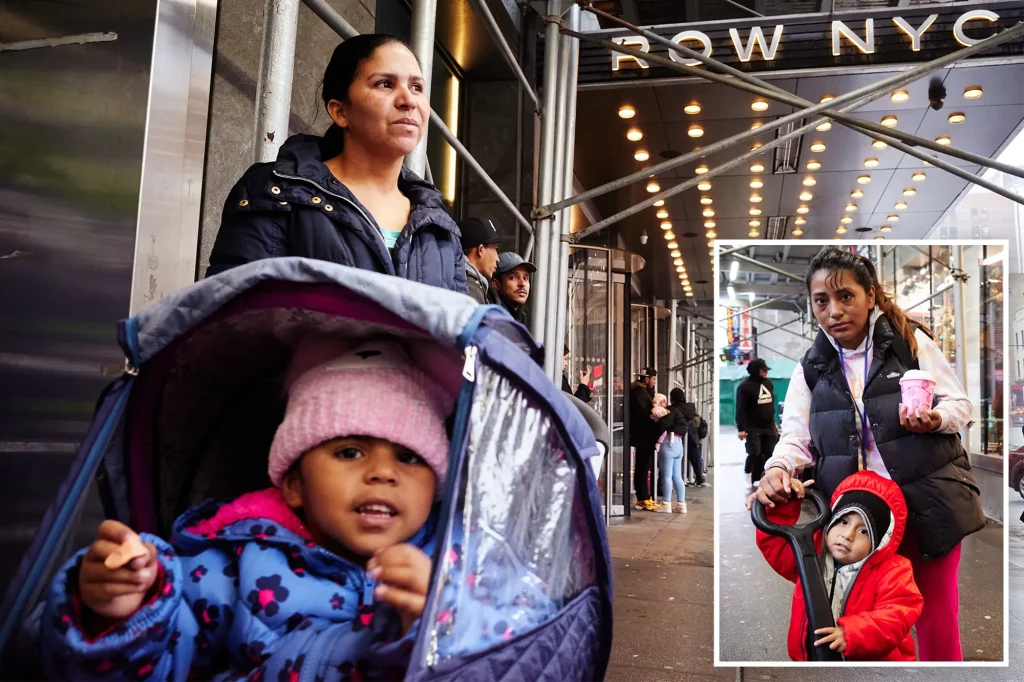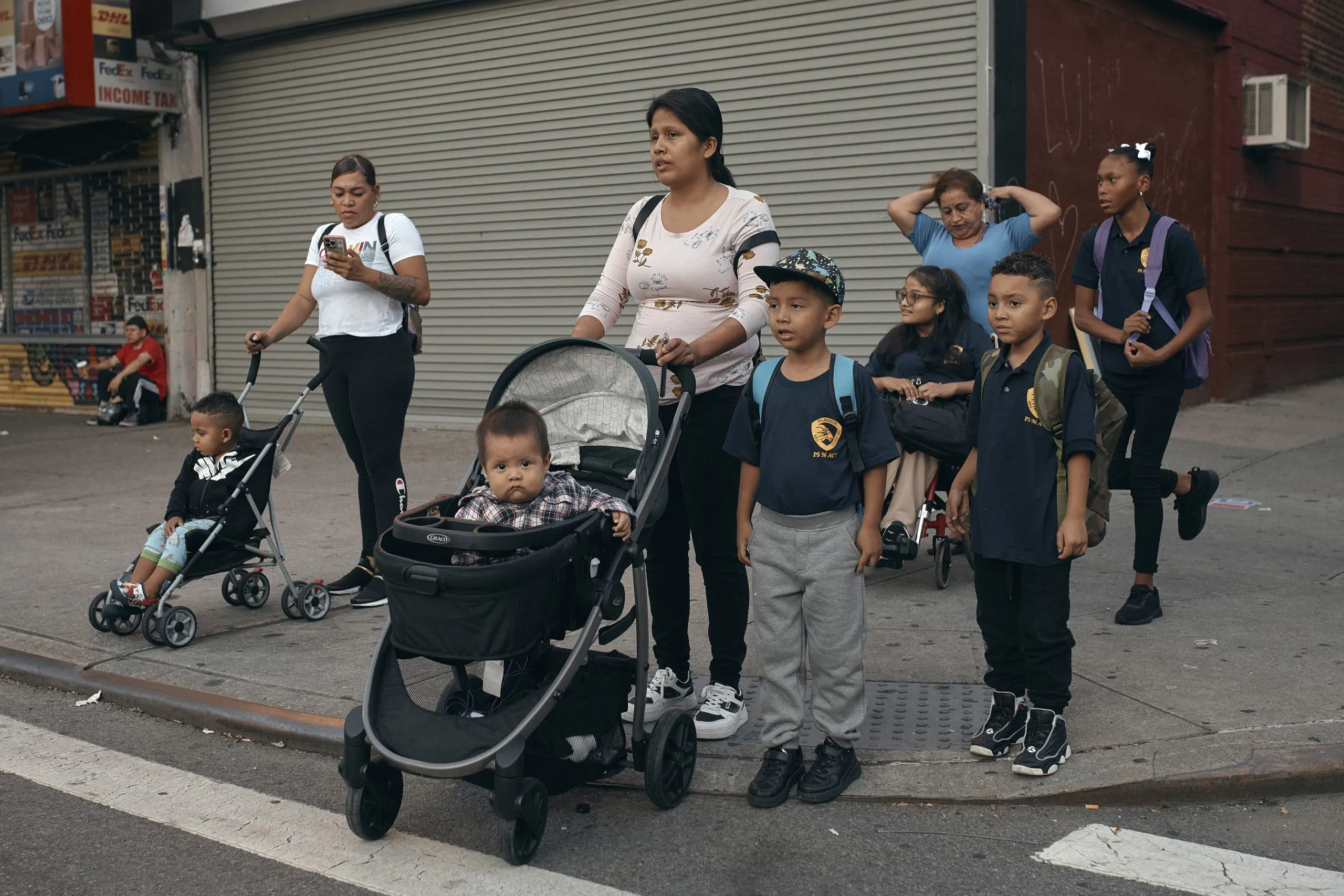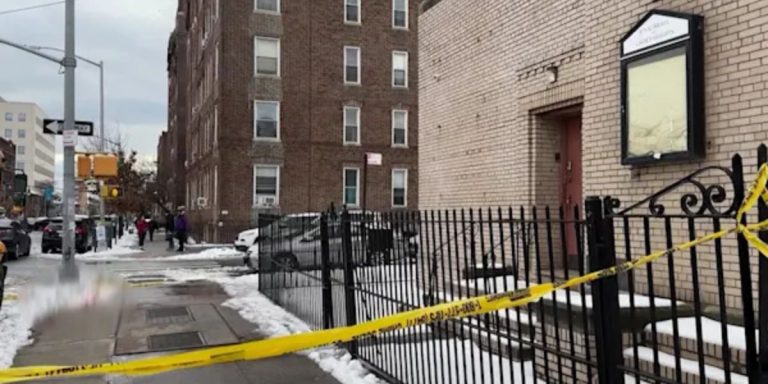The newly implemented policy in New York City requiring migrant families to leave shelters after 60 days is generating mixed outcomes.
Approximately half of the 7,500 families affected by this policy have successfully moved out within the stipulated period. However, a deeper analysis reveals that 29% (around 1,300 families) reapplied for shelter, and 16% remained in the same shelter, highlighting the complexities of the situation.
While some families, like Beatriz and her two daughters, managed to secure an apartment in Crown Heights after receiving the eviction notice, concerns arise for those less fortunate.
The policy has been in effect since early January, affecting families who arrived in 2022 and those who entered the shelter system more recently. Critics argue that the 60-day limit, intended to reduce costs, imposes unnecessary hardships on families.
Comptroller Brad Lander emphasizes the lack of information regarding the fate of families after leaving shelters, urging a closer examination of the consequences of the policy. Schools with migrant students face challenges due to sudden relocations, with educators expressing concerns about the emotional impact on children.

The policy’s impact extends beyond housing, affecting school attendance and stability for migrant students. Families experiencing the 60-day limit are subject to transfers, leaving educational institutions grappling with disruptions.
Related Articles:
- Local Teen’s Battle with Lyme Disease: A Warning for Others
- Local University Presents Smartphone Essentials Class for Residents
- Breaking News: Florida Student Arrested for Bringing Loaded Gun to School Sparks Widespread Safety Concerns
The unintended consequences include students moving away suddenly, creating confusion among educators and parents.
City officials defend the policy, citing reduced costs and stabilizing shelter numbers. However, critics argue that the 60-day limit, especially for families with children, is harsh and may lead to increased homelessness. The debate continues as the city grapples with balancing financial considerations and the well-being of vulnerable migrant families.

























+ There are no comments
Add yours